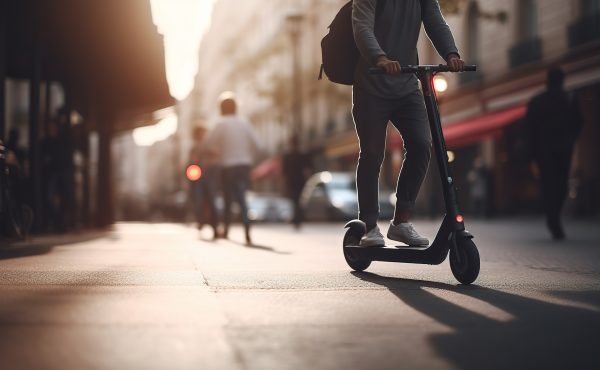Each week we will be focusing on blogs from around the world dealing specifically with urban environments. We’ll be on the lookout for websites outside the country that approach themes related to urban experiences and issues in Toronto.
– – – – – – – – – – – – – – – – – – – – – – –
• Why are Americans so suspicious of roundabouts? The United States now has about 2,000 roundabouts, a strikingly small figure in comparison to Australia, a country with a similar “traffic landscape” yet whose traffic-fatality rate is half the size of America’s.
• The recent subway accidents in Washington and San Francisco have been stoking America’s fear of rail travel. Yet if the numerous daily car accidents were given similar media coverage, the public might be singing a very different tune.
• Public art projects have been selected for downtown Sydney, Australia laneways. Many of the eight projects are themed around climate change and the relationship humans have with the environment.
• ‘Dumpster diving’ has taken on a whole new meaning in industrial Brooklyn, where Dumpters have been converted into swimming pools and are being used as the star attraction of a new ‘lo-fi urban country club.’ The ‘club’ opened earlier this month and features three connected ‘dumpster pools,’ a boccie court, grills, cabanas and several lounge chairs.
• Daylighting has taken root in Seattle, where Thornton Creek now flows above ground for the first time in decades. Formerly a parking lot, the stream spans nearly three acres and provides a natural filter which cleans the runoff from neighbouring streets in the surrounding 600 acres of the city.
• Proposals are being made to remove the I-10 elevated Expressway that runs along North Clairborne Avenue, New Orleans. Before the arrival of the I-10 in the 1950s, some remember North Clairborne as the “black people’s Canal street,” where huge oak trees and gardens divided traffic and lively businesses and shops lined the street.
• Prague now boasts a beach of its own right in the centre of the city. Copying earlier projects in Paris and Berlin, beachgoers in Prague can play volleyball and badminton with the towering spires of St. Peter and St. Paul in the background.
Photo by Gerard McGovern




2 comments
With everyone jumping on the roundabout bandwagon, it’s too bad that so little attention is being paid to their effects on pedestrians and cyclists. Roundabouts put the onus on the pedestrian to stop traffic — you can debate their merits in terms of safety, but nobody seems to care about the pedestrian experience, whether pedestrians actually /like/ using a roundabout. (I certainly don’t.)
I’m serious about this, by the way. If we want to promote pedestrianism, we need to make walking pleasant and convenient, as the second comment on that Slate article put it. Roundabouts are great for cars, but — like most traffic tools that increase vehicle flow — unpleasant and inconvenient for everyone who’s not in a car.
I see roundabouts as a great idea for the rural area, but like smably mentioned the design for peds and cyclists is not very good. I’ve seen them done right in Holland, where there are proper pedestrian crossing, separate lanes for cyclists (or bypasses at t-intersections), and underpasses for pedestrians and cyclists at some busy intersections.
Over here the cyclists have to merge with traffic, take the lane while cars may honk or try to go around them, hope the driver doesn’t change lanes illegally in the roundabout, and pedestrians have to play frogger with traffic that doesn’t stop to them like they are supposed to)
I don’t see why we don’t have more in rural areas. Think of how many accidents are caused by people sailing through a rural stop sign, or how pointless some of the four way stops in the middle of nowhere are.